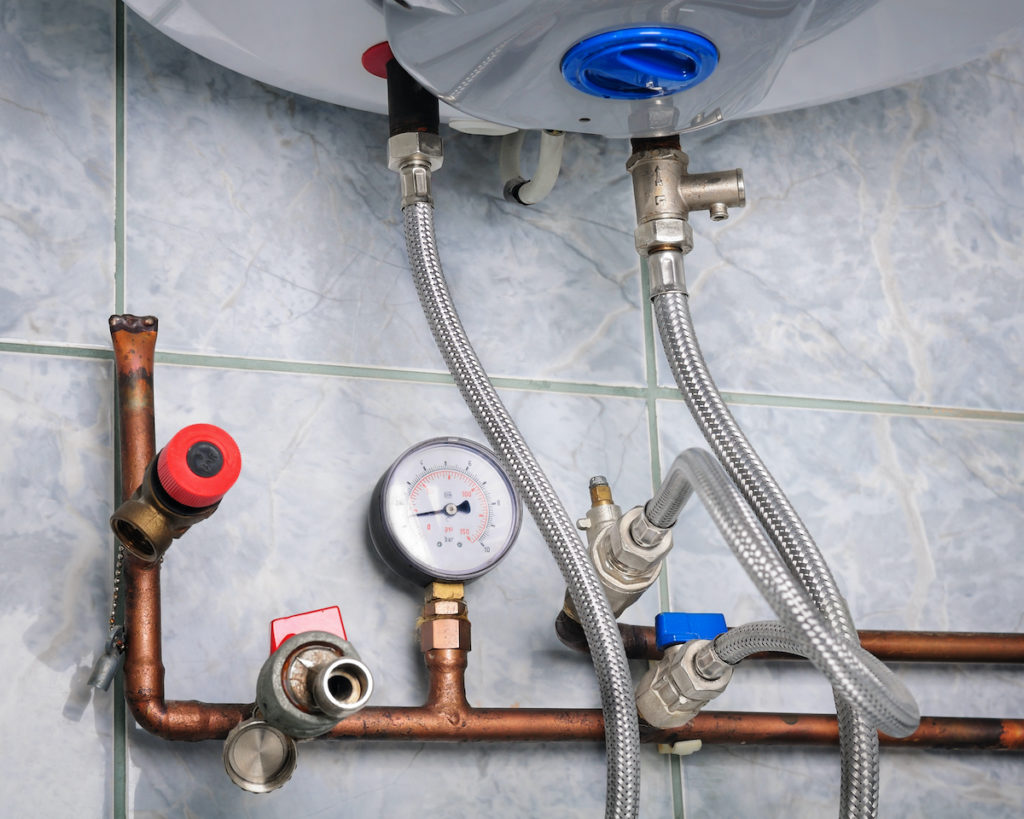At the beginning of last year, there was a problem with the kitchen sink. You had to restock your supply of adhesives and sealants. Just last week, there was some creaking sound in the basement. You suspect that it had to do with the plumbing.
The house is not centuries old, but it is showing some grey hairs, especially recently. What you’re concerned about is the plumbing. You fear that the problem with the sink and the clogging would persist. And it’s probably not unlikely that other plumbing issues will manifest itself within the next few months. You want to be prepared and also save on cost. You figured that you could probably attend the plumbing projects yourself. What are some of the things that you need to know to address plumbing issues at home?
An Overview of Plumbing Service Costs
An excellent 50-inch high definition TV can cost somewhere in the vicinity of $300. That’s also the flat-rate service fee for a plumber. But depending on the work to be done, homeowners pay somewhere between $172 to $445 for a plumber.
That should be significant if you can work and solve plumbing issues in your home.

A Beginner’s Guide to DIY Plumbing
Considering the cost of paying a professional plumber, saving that money might be enough motivation for you to DIY plumbing issues at home, at least some of the basic stuff. Consider the following as a beginner’s guide to doing plumbing at home:
- The almighty plunger. Its invention is vaguely traced back to the middle of the 19th century and early 20th century. But no matter how modern your home is, a plunger is still one of the most reliable home plumbing tools you can use. Use a plunger first to get rid of excess water in sink traps. This would make doing #2 below a little less messy.
- Chemical-less clog removal. It accumulates over time in the drain. And more often than not, it causes clogging. Hair could be the culprit. Avoid using expensive chemicals to dissolve the clog. If this happens in your bathroom sink, the clog will generally rest in the U-shape pipe. Get a wire and form a hook on one end and dip it down the drain. Gently pull up, and the hair and other deposits would come attached to the hook. Do this several times until you can’t feel anymore clog. If it goes deeper, a drain snake might be more appropriate.
- The toilet fix. You will sometimes notice water continuously trickling down the inner bowl and a slight hissing sound coming from the tank. Don’t be bashful in lifting the tank cover and checking out what’s happening inside. Usually, the problem is with the toilet flapper. Due to frequent use, the flapper doesn’t always settle in snugly to plug the hole that releases the water from the tank. Go in there and make the adjustments. Sometimes the rubber needs to be realigned. If the change won’t work, buy a replacement, which won’t cost you too much.
- Not the sound of music. When hot water flows on copper pipes, the expansion because of the heat causes the tube to rub against pipe hangers, causing irritating sounds. Sandwich an adhesive felt between the tubing and hooks to prevent the pipe from grinding against the hanger.
These pointers should be good starting points in DIYing plumbing issues at home. Remember, if it’s not a 50” TV, think of two round-trip plane tickets within the USA as motivation for you to fix your plumbing.

